Software Defined Network (SDN) based on Intel ONS open platform
In this article we want to remind you of such a concept as SDN and tell you how its implementation now looks like in the form of the Intel ONS platform.
First, a life hack for those who are too lazy to read a lot of text and look at the pictures: at the very end of the article are the conditions for obtaining a 10G switch. “No-chance-mezzo-bottom, that is, for nothing,” as Owl said in the well-known cartoon.
A lot of materials have already been written about SDN, therefore, in brief, we recall that the main idea is the separation of network equipment management and data transmission management.
')
The advantages of this approach:

The concept causes a lot of controversy, but we consider the direction to be promising.
Last year, Intel introduced a number of switch solutions based on the acquired
Fulcrum Microsystems, Intel Ethernet FM6000.
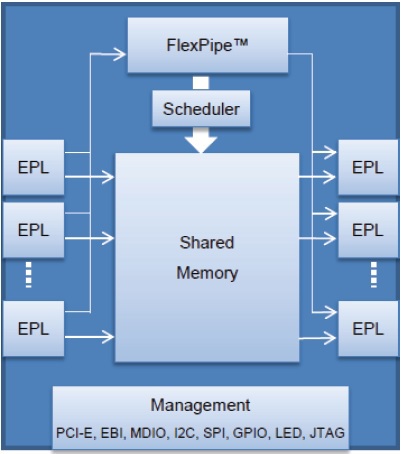
matrix idea
The matrixes are positioned as hybrid switches with the possibility of a simple transition from traditional switching to SDN. The main feature is considered to be the ability to direct streams to an OpenFlow handler or to a traditional package handler. The handler in Intel FM6000 is extremely flexible, it allows you to work with any standards, even if the administrator wants to create his own protocol - it doesn't matter, it can be done. The basis of this flexibility is the structure of the handler.
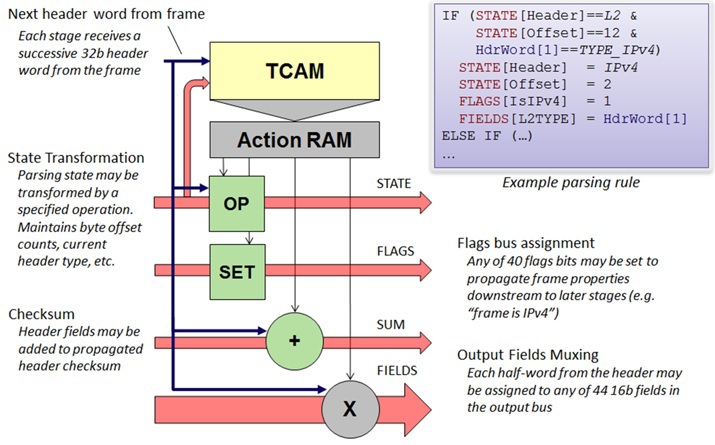
TCAM / RAM / MUX structure in handler
A switchboard based on such a matrix can simultaneously work in traditional networks and OpenFlow with record low latency and high performance.
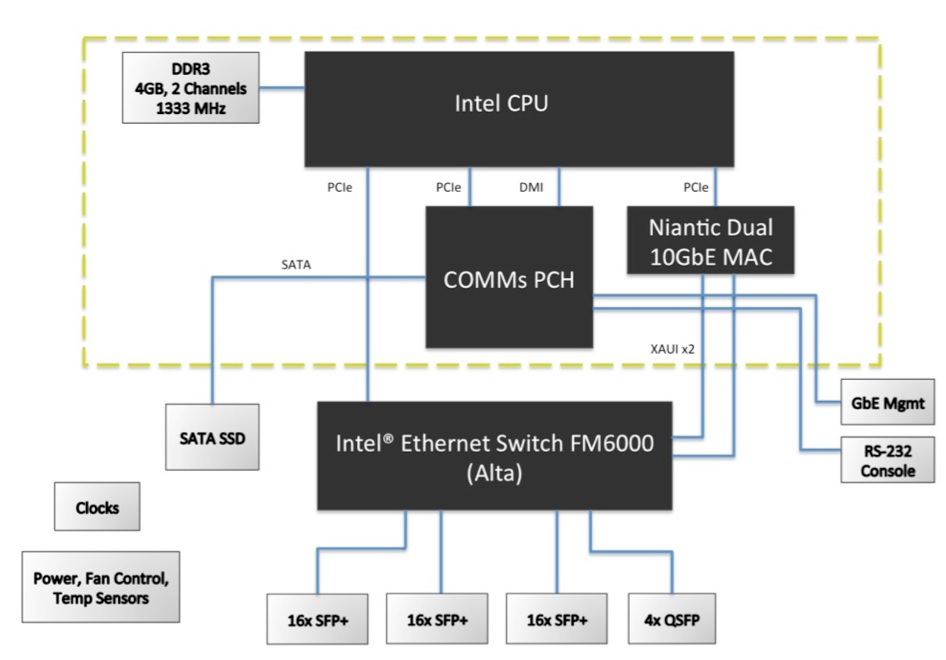
reference design
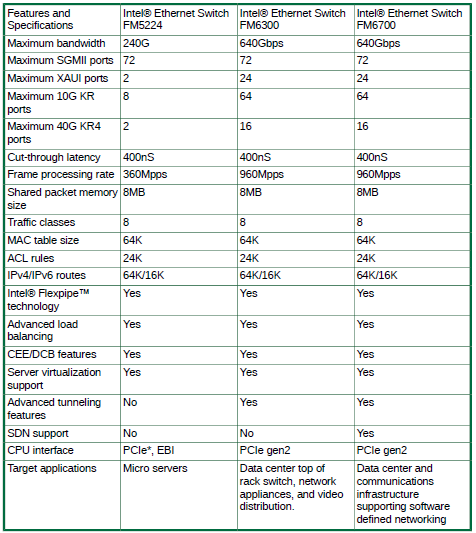
Models in the series
Intel presented a solution from Wind River - Open Network Software to work with such wonderful matrices.

ONS structure
Features:
The main protocols L2 and L3 are supported, functionality for the data center.
Layer 2:
Layer 3:
Control:
Data Center Application:
Marked "*" will be supported in future versions.
This is the ideal switch of the future (according to Intel):

What happens if you take the older model of the Intel FM6764 matrix and the ONS network stack? Great switch!
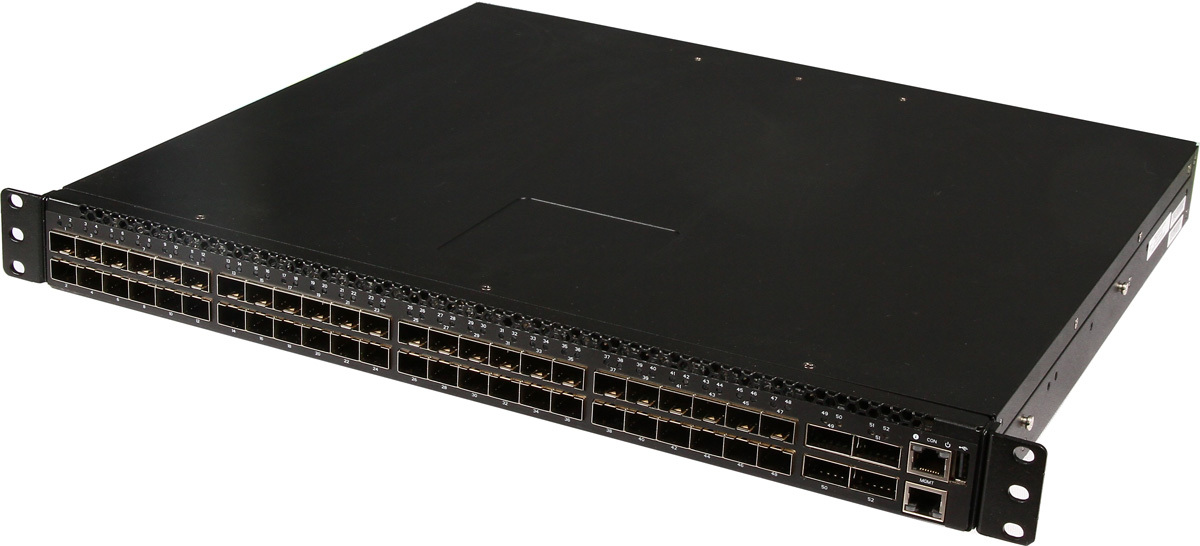
48 10G SFP + ports, 4 40G QSFP ports, USB port, console and control ports.
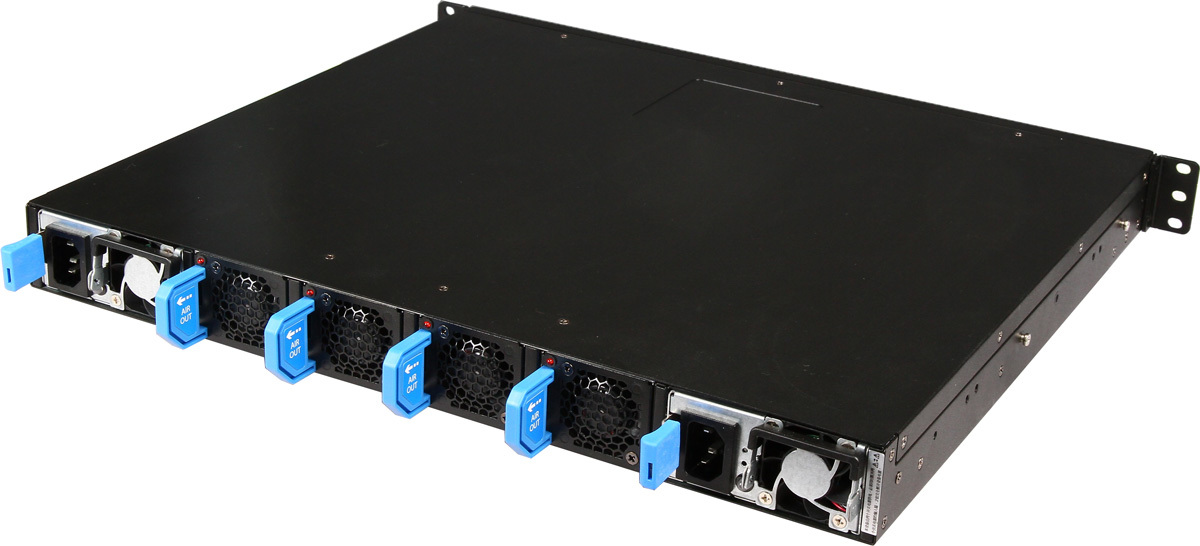
Two power supplies, ventilation with hot plug.
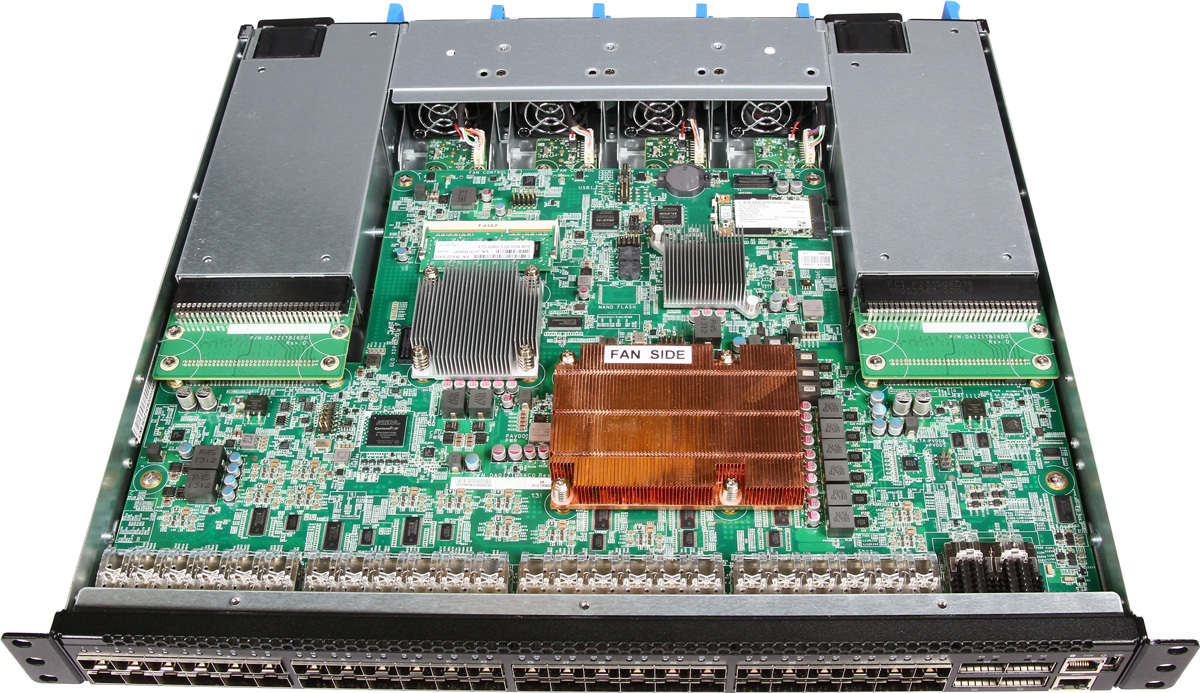
Intel Core i3, 2GB RAM, 30 gigabyte SSD drive.
In our laboratory, the switch is successfully up and running.
We invite network application developers and companies that are going to test / implement SDN solutions to test the switch in real-world applications.
One switch will be presented to the authors of the most interesting project, including high-loaded solutions on traditional switching :)
Summing up - March 31.
First, a life hack for those who are too lazy to read a lot of text and look at the pictures: at the very end of the article are the conditions for obtaining a 10G switch. “No-chance-mezzo-bottom, that is, for nothing,” as Owl said in the well-known cartoon.
A lot of materials have already been written about SDN, therefore, in brief, we recall that the main idea is the separation of network equipment management and data transmission management.
')
The advantages of this approach:
- Direct network programming: the separation of control levels allows you to create an architecture directly.
- Flexibility: An administrator can change network rules on the fly to adapt to changing requirements.
- Control centralization: All network management is concentrated (logically) in one place, in the SDN controller. For applications, the network looks like a single logical switch.
- Software configuration: SND allows you to configure, manage, set security rules, optimize network resources in a short time using automated tools, including its own design.

The concept causes a lot of controversy, but we consider the direction to be promising.
Last year, Intel introduced a number of switch solutions based on the acquired
Fulcrum Microsystems, Intel Ethernet FM6000.

matrix idea
The matrixes are positioned as hybrid switches with the possibility of a simple transition from traditional switching to SDN. The main feature is considered to be the ability to direct streams to an OpenFlow handler or to a traditional package handler. The handler in Intel FM6000 is extremely flexible, it allows you to work with any standards, even if the administrator wants to create his own protocol - it doesn't matter, it can be done. The basis of this flexibility is the structure of the handler.

TCAM / RAM / MUX structure in handler
A switchboard based on such a matrix can simultaneously work in traditional networks and OpenFlow with record low latency and high performance.

reference design

Models in the series
Intel presented a solution from Wind River - Open Network Software to work with such wonderful matrices.

ONS structure
Features:
- Modular, open and extensible architecture with access to low-level functions.
- Open API system interfaces and RPC calls.
- Management interface based on XML-RPC.
- Object-oriented design using XML and database schemas.
- Application Development Kit for embedding new applications on the switch.
- Built-in support for a number of protocols and expansion through modules.
The main protocols L2 and L3 are supported, functionality for the data center.
Layer 2:
- Port-based VLAN
- 802.1Q VLAN
- IGMP snooping
- LACP
- Storm control
- STP / RSTP / MSTP
- Q-in-Q
- QoS / DiffServ
- L2 / L3 / L4 ACL
- LLDP (802.1ab)
Layer 3:
- Static route
- VLAN routing
- OSPF v2
- ECMP
- ARP
- IGMP *
- PIM-SM *
- VRRP *
- OSPF v3 *
- PIM-SM6 *
- DHCPv6 relay
- Bgp
Control:
- CLI / WEB / SNMP
- IPv6 management
- Auto-Installation
Data Center Application:
- 802.1Qaz (ETS)
- 802.1Qbb (PFC)
- DCBX
- VM Tracer
- EVB / 802.1Qbg
- OpenFlow v1.0
- VXLAN
- NVGRE *
Marked "*" will be supported in future versions.
This is the ideal switch of the future (according to Intel):

What happens if you take the older model of the Intel FM6764 matrix and the ONS network stack? Great switch!

48 10G SFP + ports, 4 40G QSFP ports, USB port, console and control ports.

Two power supplies, ventilation with hot plug.

Intel Core i3, 2GB RAM, 30 gigabyte SSD drive.
In our laboratory, the switch is successfully up and running.
We invite network application developers and companies that are going to test / implement SDN solutions to test the switch in real-world applications.
One switch will be presented to the authors of the most interesting project, including high-loaded solutions on traditional switching :)
Summing up - March 31.
Source: https://habr.com/ru/post/212639/
All Articles